What does WHS stand for?
Work Health and Safety
When given workplace instructions, good techniques to ensure you fully understand are?
Reflection, clarification and listening
What information does the Pastoral Award provide to employees and employers?
Salary and work conditions
Define the concept of sustainability
The capacity to endure for long-term survival
Workers using chemicals are at risk of poisoning. Minimising risks of exposure is necessary.
What are the 2 most common modes of poisoning?
inhalation and absorption
Describe the difference between weather and climate
Weather refers to short-term patterns and climate to long-term patterns for rainfall and temperature.
What is the main production for a merino sheep?
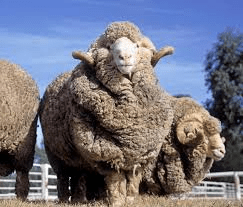
Wool
What is a weed?
A unwanted plant
In a workplace, whose responsibility is it to observe WHS policy and procedure?
Everyone
Written, verbal, non verbal
A bad storm is forecast for this afternoon and today you are to plant 5 punnets of vegetables in the garden, feed the cows, service the tractor and update the chemical register.
Which order should you the jobs?
Feed cows, plant the punnet of seedlings, service the tractor, then write up the chemical register
Revegetation is an important land practice to reduce environmental damage, especially following a drought and loss of groundcover.
Why is it important and name a way of doing it.
Reduces erosion and loss of top soil through being blown or washed away.
Locking up an area and allowing perennials to grow or sowing a crop.
There are the 2 main types of chemicals commonly used in a primary industries workplace. What are they?
Pesticides (Insecticide, herbicide, fungicide, bactericide)
Fertilizer
A grazier alert is used to warn farmers of what type of weather conditions?
Cool, moist, windy and danger to susceptible animals
name a dual purpose sheep breed
corriedale, border leicester, Texel
How can weeds be transported?
Wind, water, carried by host
What is a hazard?
Anything with the potential to cause harm
It is important for workers to have an input into WHS consultation and participation processes.
What are the best ways for this to occur?
Surveys, meetings
Whilst on work placement you accidentally knock over a 20 L drum of hydraulic tractor oil which spills all over the soil.
What should you do?
Tell the supervisor and record it in the work diary.
What environmental issues commonly arise from bushfires?
Natural resource management, biodiversity, conservation
Integrated Pest Management (IPM) is used for what purpose in agriculture?
Help prevent resistance to chemicals developing
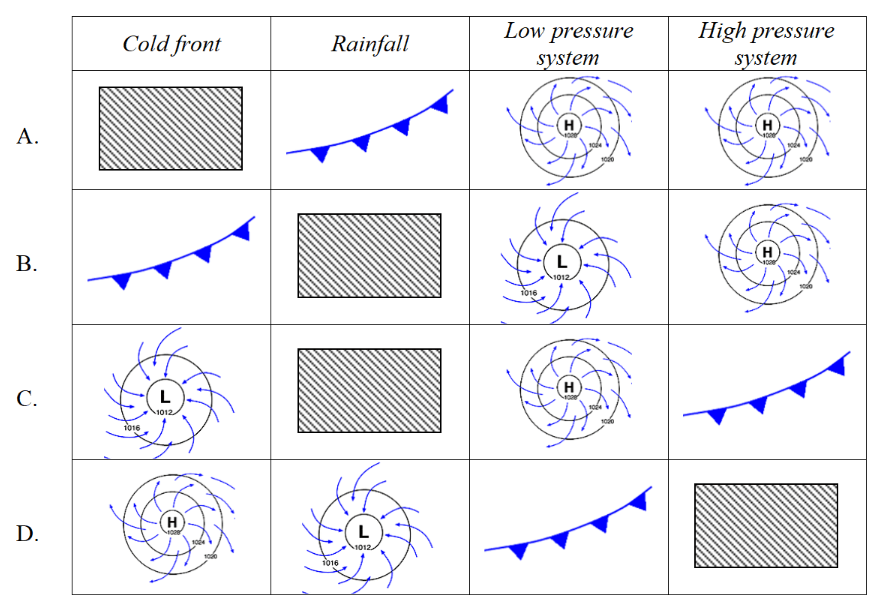
Which of the following matches the weather symbols to the correct terms?
B
You are required to drench a mob of 20 sheep. Their weight ranges typically from 60−70 kg and the dosage rate is 1 mL/10 kg.
What is the required total amount of drench you will need?
140 mL
Name the Act which governs protection or security of all animals, plants and microorganisms in primary industries.
Biosecurity Act 2015

What do each of these signs mean
Caution, wear gloves, no smoking, toxic poison
Why is providing feedback to an employee and a workplace useful and important?
Feedback is an important way an employee learns to improve their work output or skill level
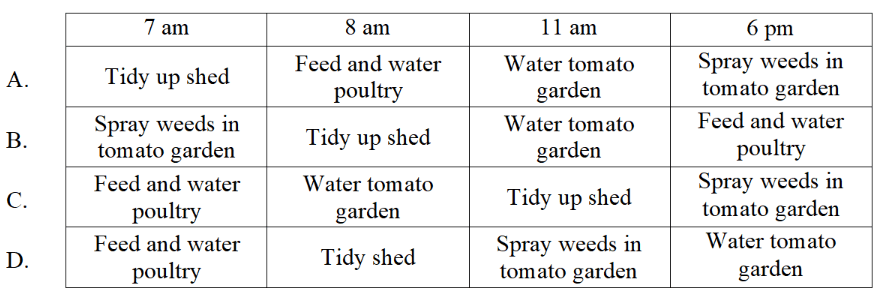
Which would be the best sequence of job completion on a hot summer day?
c
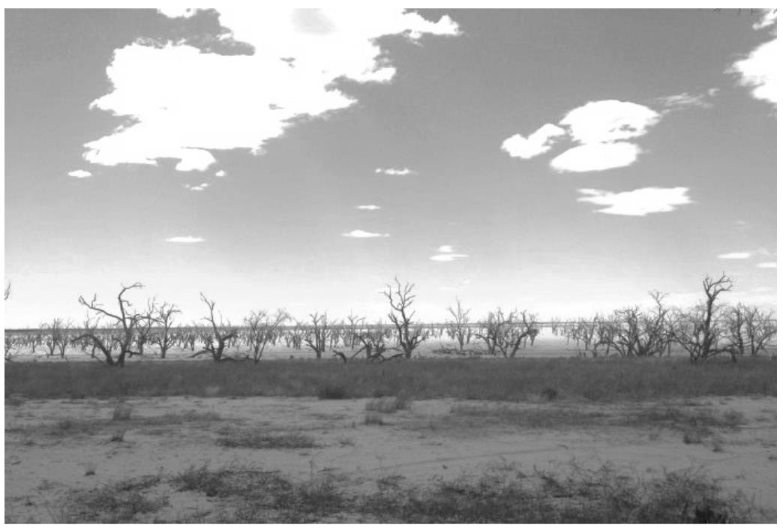
What environmental concerns are shown in this picture?
Loss of ground cover, erosion, reduced biodiversity
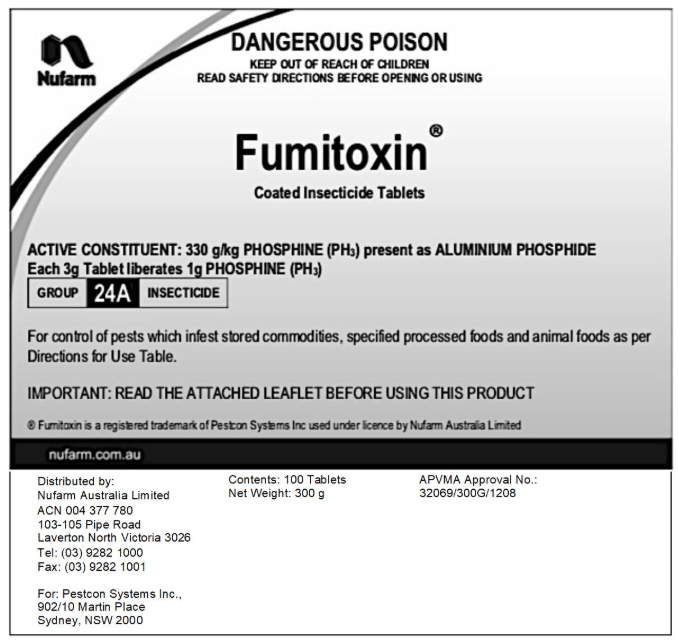
What is the mode of action?
Group 24A
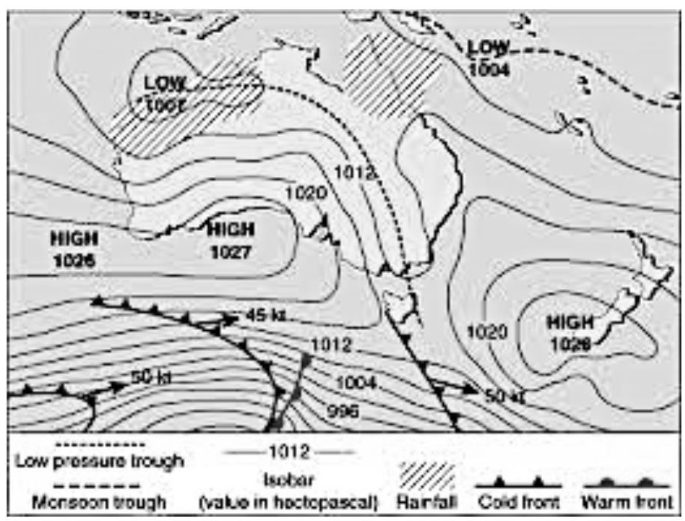
What type of weather would you expect to experience in Tasmania this day?
Overcast and windy
What breed is the bovine?
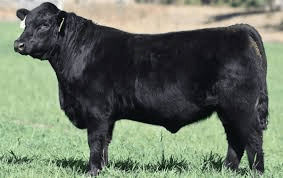
Angus (Bos Taurus)
Name this plant
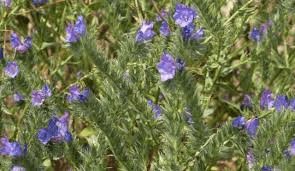
Patterson's Curse
What are the 5 levels in the hierarchy of control?
Elimination, substitution, engineering, administrative, PPE
Explain the differences between an Act, a Regulation and a Code of Practice.
An Act is a piece of legislation passed through parliament, whether it be state or federal, which must be acted upon to avoid being in breach of legislation in the workplace
A Regulation is a government order with the force of law where responsibility can be delegated to authorities to make the condition occur
Codes of Practice (COPs) are recommended best practices that can be undertaken to ensure a job is done to meet regulations and Acts
What does biosecurity mean?
protection from biological threats
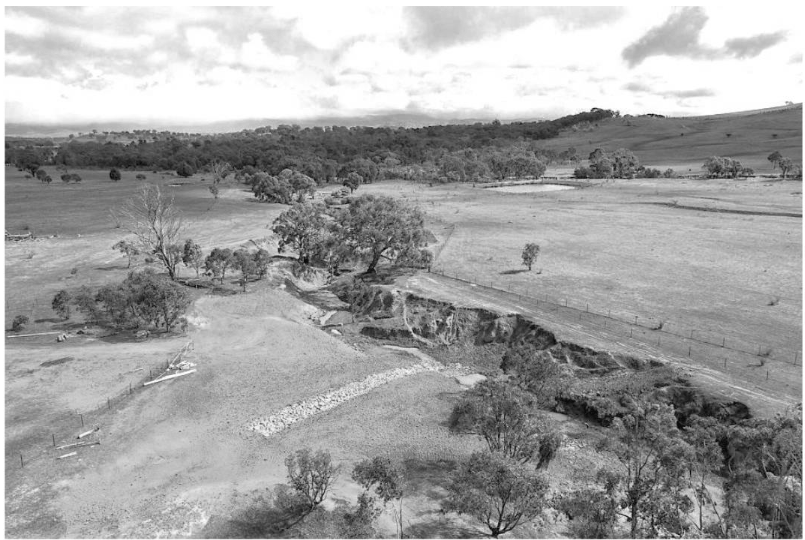
Referring to the landscape image, what possible environmental hazards are visible on this property?
Soil erosion and inappropriate human interaction
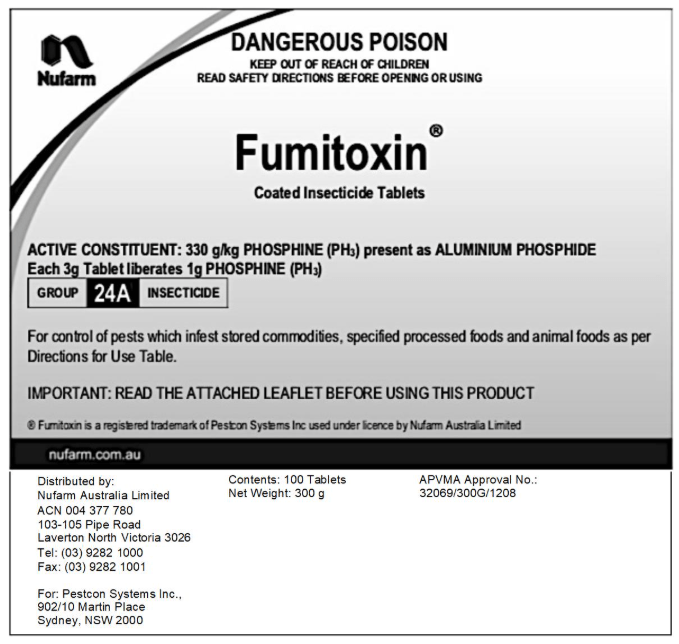
What is the signal heading?
Dangerous Poison

Referring to the weather map above, which following work activities would you NOT perform if you lived in Central NSW?
Spray chemicals
Name the breed
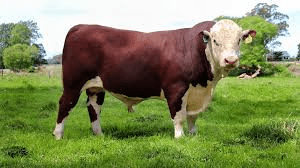
Hereford (Bos Taurus)
Name this plant
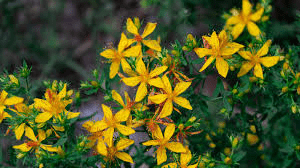
St John's wort - can poison livestock, causing weight loss, fewer pregnancies and still births